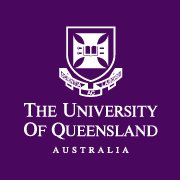Full description
Immune checkpoint inhibitors (ICI) have improved clinical outcomes for some patients with advanced non-small cell lung carcinoma (NSCLC), however a large number remain treatment resistant. Spatial analysis of the tumor microenvironment (TME) through multiplexed immunofluorescence (mIF) allows deep profiling of cellular states and positions in situ, its accurate interpretation requiring both biological and computational consideration. We analysed mIF data of NSCLC biopsies taken from patients prior to ICI treatment and applied a deep-learning model to classify cells into 13 distinct phenotypes, spatially map tissue regions and metabolic cellular neighbourhoods, and performed statistical analysis for feature associations with clinical outcome following ICI treatment. Our mIF panel enabled deep probing of both functional and metabolic states of immune and tumour cells. Geometric profiling of spatial densities and interactions at a range of scales was accomplished through feature engineering, followed by statistically robust stability selection of these features. Multivariate modelling of ICI response yielded a model that predicted progression free survival over 24 months with high accuracy, and was dominated by metabolic and interaction dynamics, highlighting the critical nature of the spatial arrangement and metabolic properties of the TME in ICI therapy outcomesIssued: 10 06 2025
Subjects
Computer Vision and Multimedia Computation |
Information and Computing Sciences |
Image Processing |
eng |
User Contributed Tags
Login to tag this record with meaningful keywords to make it easier to discover
Other Information
Research Data Collections
local : UQ:289097
Identifiers
- Local : RDM ID: 93474dc9-b1e0-42fd-b4cc-8eaba79ec01e
- DOI : 10.48610/73B218C



